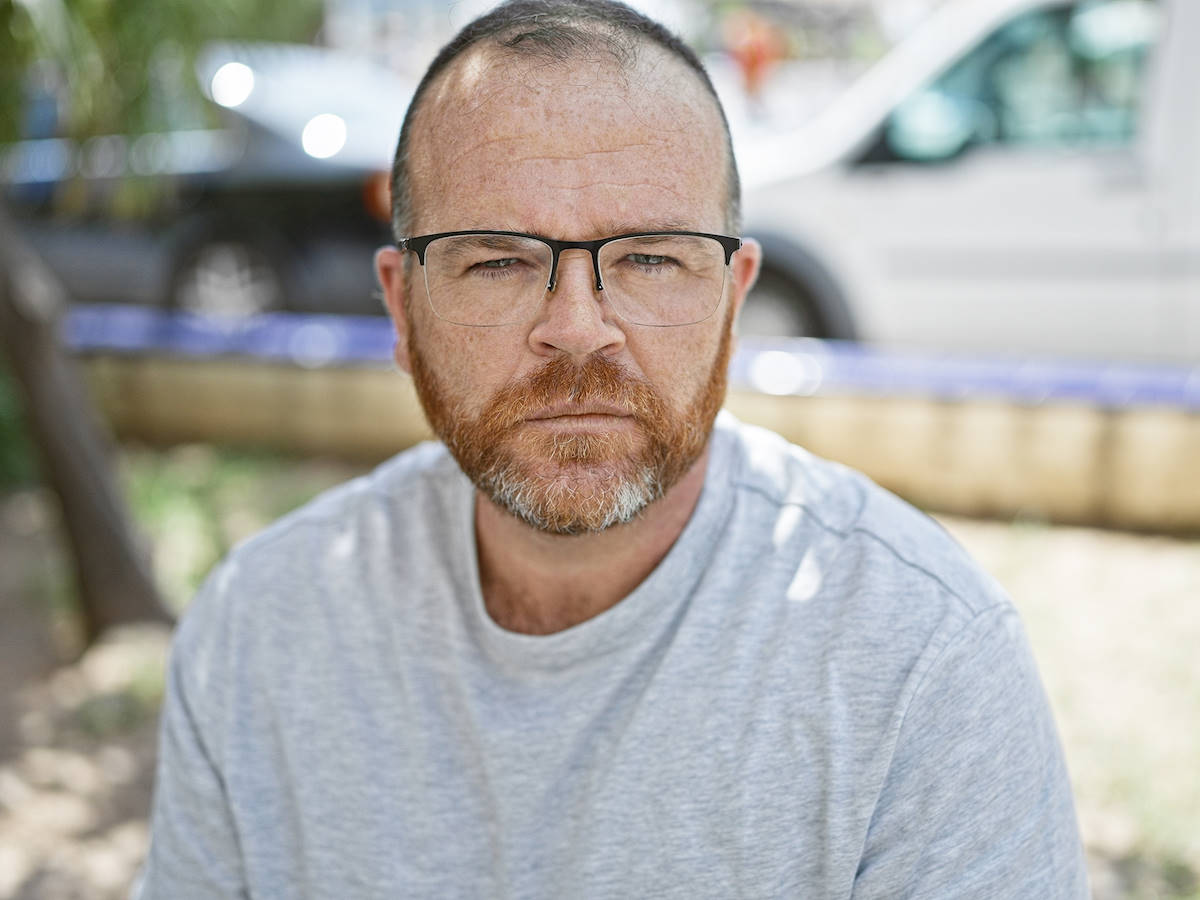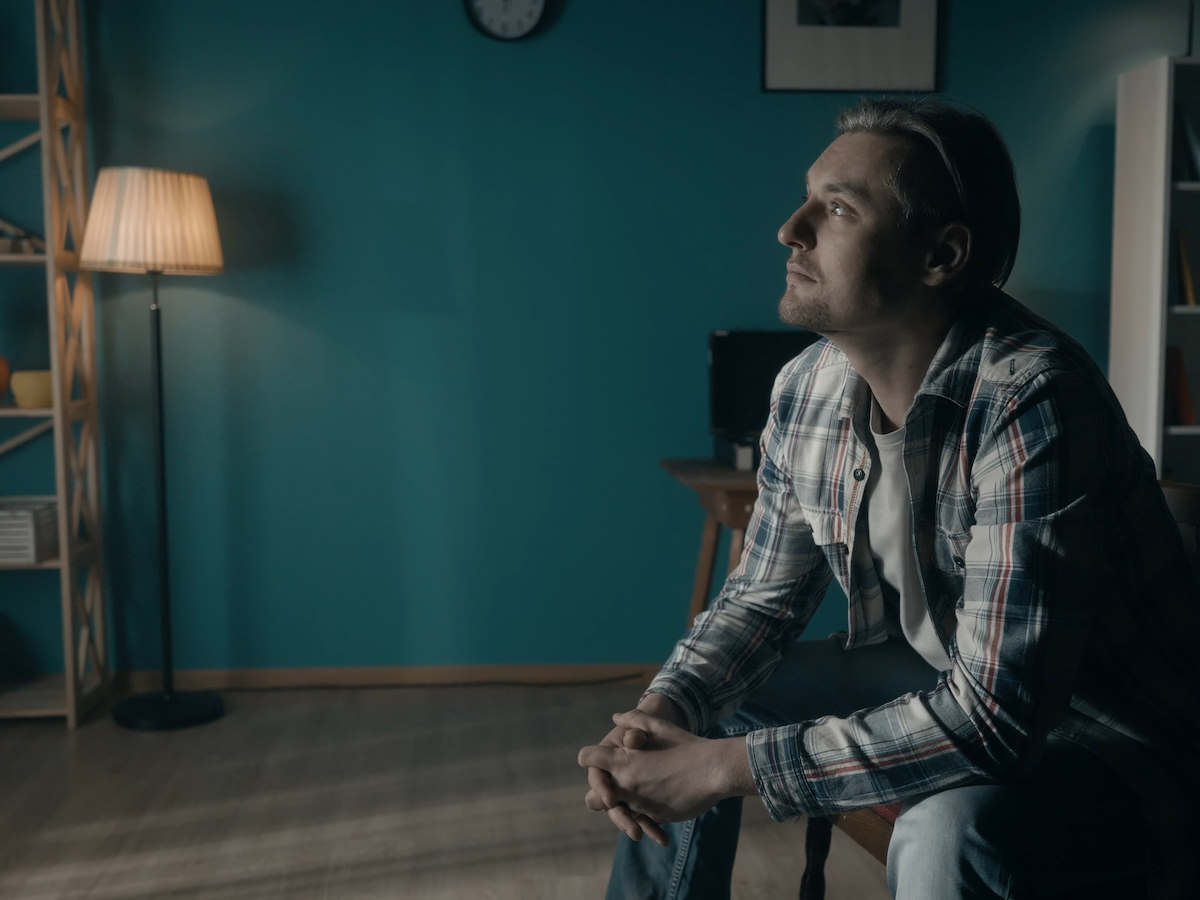Many men reach a point in midlife where they feel drained, disconnected, or simply worn out. They might still show up for work, take care of their families, and meet expectations, yet inside they feel empty or restless. This quiet exhaustion is often more than fatigue. It can be midlife burnout, a sense of emotional depletion, loss of motivation, and disconnection that builds slowly over time. Research shows that adults in midlife often report higher levels of anger, sadness, and worry compared to younger adults, largely tied to stress in work, relationships, and health.
If you are reading this and thinking, “Something feels off, but I do not know what to call it,” you are not alone. Midlife burnout is common, and it is treatable. At Into The Light in Redlands, men can find outpatient support that fits real life and helps rebuild meaning, energy, and emotional balance.
Understanding Midlife Burnout in Men
What Midlife Burnout Really Looks Like
Midlife burnout can take many forms. For some, it shows up as constant fatigue or irritability. For others, it means losing interest in things that once brought joy or a growing sense of emotional numbness. Many men begin to pull away from loved ones or feel like they are just going through the motions each day. University College London research found that nearly one in five adults in midlife experience mental health challenges such as anxiety or depression, reflecting how common and overlooked this phase of distress can be.
The signs of midlife burnout often resemble those seen in other conditions. Constant fatigue and mental fog can look like anxiety or even ADHD, where focus and motivation become harder to sustain. Irritability and overthinking may overlap with patterns linked to OCD, while emotional numbness or detachment can sometimes stem from unresolved trauma. Because these symptoms often blend together, it is easy for men to miss the deeper problem, especially when depression shows up as withdrawal, anger, or exhaustion rather than sadness.
This kind of hidden distress often appears in high-functioning men who seem fine from the outside. Many experience hidden forms of depression that show up as overworking, joking their way through pain, or emotionally checking out rather than appearing sad.
Why Men Often Miss the Signs
Men are often taught that strength means staying composed and independent. Over time, that mindset can make it difficult to recognize when stress has turned into something heavier. Many men push through exhaustion or self-criticize for not being able to “shake it off.” Unfortunately, this can allow burnout to deepen and affect relationships, work, and physical health.
Life Pressures That Intensify Burnout
Midlife can bring complex layers of responsibility, such as supporting a family, navigating career plateaus, caring for aging parents, or rethinking personal identity. These pressures can leave men feeling trapped between old expectations and new realities. Some turn inward or begin using alcohol or other substances to take the edge off, which can make burnout harder to recognize and treat.
These stressors can also trigger deeper emotional patterns that stem from past trauma. For some men, long-term stress and emotional strain may reawaken symptoms of PTSD, such as hypervigilance, irritability, or emotional shutdown. Recognizing the symptoms of PTSD can help explain why burnout feels so intense and why it is important to address both present stress and unresolved pain together.
Why “Toughing It Out” Doesn’t Work Anymore
Trying to push through burnout by sheer willpower often leads to more frustration and self-blame. Stress that lingers for years can affect sleep, concentration, and emotional control. It can also strain relationships and lower self-confidence. Getting help is not a sign of weakness. It is a decision to stop living on autopilot and start caring for your well-being again.
How Outpatient Mental Health Treatment Helps
Structured Support Without Stepping Away from Life
Treatment programs at Into The Light are designed for men who want consistent support while maintaining daily life responsibilities. Depending on individual needs, men can begin care in the Partial Hospitalization Program (PHP), transition into the Intensive Outpatient Program (IOP), or continue growth through Outpatient treatment. Sessions are scheduled around work and family life, which makes care realistic, flexible, and sustainable. Each level provides structure, therapy, and accountability at the pace that fits where a man is in his recovery.
Evidence-Based Therapies That Restore Balance
At Into The Light, evidence-based therapies help men understand what fuels their burnout and develop healthier ways to cope and reconnect.
Our core therapeutic methods include:
- Individual and group therapy that create space for reflection, connection, and honest conversation
- Cognitive Behavioral Therapy (CBT) and Dialectical Behavioral Therapy (DBT) to manage negative thinking patterns, regulate emotions, and reduce self-criticism
- Cognitive Processing Therapy to address how past experiences or beliefs may shape stress and self-perception
- Trauma therapy that helps men safely work through unresolved pain or life events that keep them feeling stuck
- A holistic approach that integrates physical wellness and mindfulness for whole-person healing
Each man’s plan is adjusted to his life and goals, which helps care feel practical and personal.
Support Systems That Strengthen Recovery
True recovery involves more than therapy sessions. Into The Light helps men rebuild stability, confidence, and purpose through structured support services that address life beyond mental health symptoms.
Our supportive resources include:
- Life coaching to clarify goals and create accountability for personal growth
- Job support to guide career transitions and restore confidence in professional identity
- Anger management for improving communication and self-control
- Nutritional counseling to promote mental clarity and physical health
- Grief counseling to help men process loss, transition, or emotional pain
These services complement therapy by supporting daily structure, healthy habits, and long-term resilience.
A Space Built for Men to Heal
Healing often requires trust and openness, which can be difficult for men in mixed settings. Into The Light’s men-only environment encourages honesty and belonging. Conversations are guided by compassion and an understanding of how men communicate and cope. Treatment focuses on helping each man rebuild connection with himself and those around him.
For Families and Loved Ones
Burnout is not always obvious from the outside. It may look like irritability, silence, or detachment. Loved ones can play a vital role by offering understanding rather than advice. Simply acknowledging that someone seems exhausted or withdrawn can open a door to help. You do not have to diagnose him. Instead, remind him that he does not have to carry everything alone.
Because burnout often affects the entire household, outpatient care for families provides structured support that allows men to stay involved at home while receiving treatment. When communication or trust has been strained by stress, family therapy offers a safe space to reconnect, listen, and rebuild stronger relationships together.
Reclaiming Purpose and Connection
Midlife does not have to mark decline. For many men, it becomes a turning point, a chance to rediscover what truly matters and reconnect with meaning. Outpatient care at Into The Light helps men slow down, reset, and build skills that support long-term emotional health. The process is not about fixing what is broken but about remembering who you are beneath the stress and expectations.
Finding the Right Support for Your Next Chapter
If life feels heavy, disconnected, or unrecognizable, Into The Light offers outpatient care designed for men all across Southern California who are ready to feel like themselves again. Whether burnout has crept in slowly or hit all at once, help is available in a setting that understands what men face at this stage of life.
Call (909) 497-3093 or reach out today to start rebuilding balance, clarity, and purpose.
A man’s decision to seek help can influence every part of his life, including family, work, and self-confidence. If you are exploring next steps, the questions below can help you understand what to expect and how to begin.
Frequently Asked Questions
What are the signs of midlife burnout in men?
- Fatigue or irritability
- Emotional detachment or numbness
- Loss of motivation or direction
- Decreased interest in relationships or activities
How is midlife burnout different from depression?
Burnout often results from prolonged stress and overcommitment, while depression involves ongoing sadness, hopelessness, or loss of pleasure. The two can overlap, and professional evaluation helps clarify what is happening.
Can I keep working while in outpatient treatment?
Yes. Outpatient and IOP programs are structured so men can continue working, caring for families, and maintaining responsibilities while receiving consistent therapeutic support.
How long does outpatient treatment last?
Length varies depending on personal goals and progress. Many programs run for several weeks to a few months, with continued care options for ongoing growth.
How can families support someone experiencing burnout?
- Offer empathy and patience
- Encourage seeking help
- Avoid minimizing exhaustion
- Provide practical or emotional support when possible


